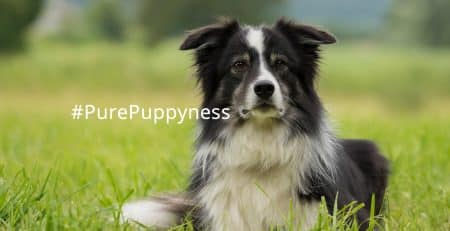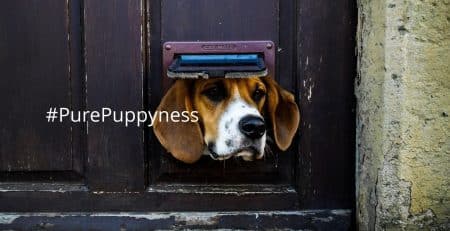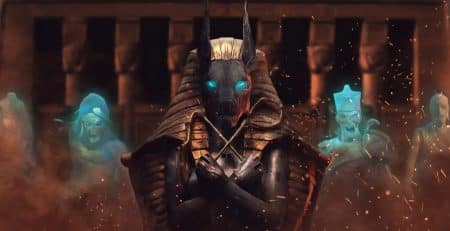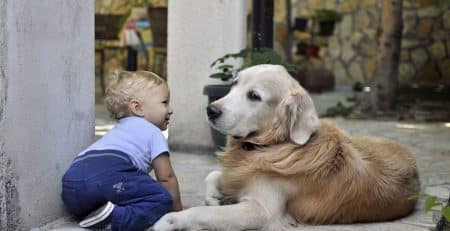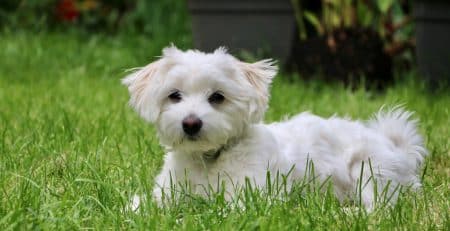Most bizarre looking dog breeds
In this article, we have gathered some of the most unusual-looking dog breeds of the canine world. The heart wants what it wants!
- Andean Tiger Hound: The groove that runs down the middle of a dog’s nose is unusually deep, giving this Bolivian breed the appearance of having a doubled nose! Used to track jaguars, this dog is exceptionally rare outside of Bolivia. They may be descended from the Pachón Navarro, a Spanish dog breed with a similar nose.
These medium–sized dogs are fierce and feisty, as befits a dog bred to hunt jaguars. They are bold and strong-willed, but due to their scarcity, there is little information on their trainability or intelligence.
- Affenpinscher: This dog has a distinct “monkey face”, leading to the nickname “ape terrier”. In French, they are nicknamed diablotin moustachu(“moustached little devil”). These sturdy little dogs are often black, but can also be grey, silver, red, black and tan, or beige.
Lively and friendly, the Affenpinscher is a confident little dog. They are so clever that they can become bored of repetitive training; a firm trainer who is also willing to vary the training sessions is needed.
- Azawakh: This West African breed is a typical sighthound, but their build seems more exaggerated than some of the others breeds. Their head is small, with al ong thin muzzle. Their long swan-like neck leads down to a deep chest and slender body, atop slim but strong legs. Their tail is long and thin, with a curly tip.
Bred for hunting in the Sahara by the Tuareg, Fula and other nomads of the region, the Azawakh is proud and brave, yet incredibly gentle towards family members. As well as hunters, they are loyal guard dogs and constant companions to their humans.
- Bedlington Terrier: This breed is sometimes called “a dog in sheep’s clothing”. From a distance they really do look like sheep. They have a typical topknot and a hard shaggy coat. Their heads are rounded, adding to their sheep-like appearance.
This terrier is bold and tenacious. Don’t let their sheepish looks fool you: these dogs are sharp and quick, and never ones to back down from a fight! Despite their boldness, they are wonderful family dogs, with a knack for canine sports.
- Bergamasco shepherd: At first glance, the Bergamasco Shepherdmight be mistaken for a Komondor, as it has a very similar coat, with strands of matted fur that resemble dreadlocks. What makes the Bergamasco Shepherd special is that its coat contains both guard hairs and a downy fur, whereas the Komondor’s coat is mostly downy.
Although originally bred for herding, the Bergamasco Shepherd is excellent at sports such as canine agility and flyball. They are patient and steady, making them good companion animals.
- Borzoi: This elegant Russian sighthound has a slender build. Their delicate head is characteristic, with a long lean muzzle. They have the typical deep chest of a hunting dog, and the long legs of a sighthound, allowing them to cover ground quickly at any speed. The Borzoi’s silky coat, which can be straight or wavy, keeps them warm during the fierce winter of their homeland.
Quiet and independent, the Borzoi is reserved with most people, but affectionate with his/her humans. Gentle and sensitive, this breed needs a person that understands their aloof and autonomous way. This is not a dog that will obey unquestioningly, and they will grow tired of endless repetition. Borzois have a powerful hunting instinct and desire to run, but do well in a suburban home so long as they are properly exercised.

- Brussels Griffon: Le Griffon Bruxellois, also called the Brussels Griffon, hails from Belgium. These dogs have a distinctive “monkey face”, with an intelligent and alert expression. The head is round and domed, and the muzzle is short. The Brussels Griffon may be smooth or rough-coated. Rough coated dogs have dense, harsh hair: the wirier, the better! Smooth-coated Griffons have straight, short fur, with a glossy sheen to it
Bossy but affectionate, the Brussels Griffon loves to be with their human at all times. A well-socialised Brussels Griffon has an air of confidence (bordering on arrogance) but they will melt when they meet a favourite person to play or snuggle with!
- Cambodian Razorback: This longhaired dog hails from Cambodia. They have a unique ridge of fur along their spine. This ridge of hairs stands bolt uprights, like a Mohawk. They come in many different colours, and blue eyes are fairly common.
Quiet and confident, the Cambodian Razorback is friendly with family, but aloof with strangers. They are used both as guard dogs and for hunting.
- Catalburun: At first glance, this Turkish breed resembles a typical Pointer. These rare dogs have the typical floppy ears and sturdy build of a gun dog, but on closer examination, you will notice their unique nose. The Catalburun (also called the Turkish Pointer) has a distinctive “double nose”. The groove that runs down the middle of a dog’s nose is unusually deep.
The Catalburun is an excellent hunter, with an incredible nose (or perhaps we should say “noses”) for tracking game. They are crafty and quiet hunters, but could make good family dogs for people willing to exercise them properly.
- Chinese Crested: What sets the Chinese Crested apart is its namesake: the crest of hair on its head and tail; the paws are also fluffy. Although “powderpuff” Chinese Crested dogs have a full coat of hair, the Hairless variety, with its unique coat; is much more famous.
Social and sensitive, the Chinese Crested needs proper socialisation as they tend to be nervous with strangers. They make great family dogs, though the Chinese Crested is more suitable for older children as they are small and fragile and can get hurt by mistake in rough play. The Chinese Crested is a low to moderate shedder, but does need regularly bathing and grooming to stay healthy. They tolerate the heat, but do not cope well with the cold.

- Chow Chow: The Chow resembles a small, stocky bear, with a thick fluffy coat and a wrinkled face. This powerfully built dog has a dense and double layered coat, with a rougher outer layers and a fuzzy inner layer. What makes the Chow Chow truly unique is the Chow’s tongue, which is a purple to blue-black colour. Even the Chow’s lips have a blue-black tinge!
The Chow Chow is not the friendliest dog, being aloof and dignified rather than cuddly and cute: he/she is not really one for cuddles. The Chow is quiet in his affections, with a cat-like independence. Your Chow will probably have a favourite family member that he or she gravitates towards.

- Dosa Korean Mastiff: The Dosa is a large mastiff-type Korean breed. Little is known about the history of the Dosa, though researches tend to agree that the breed first came to be in the early 1900s, perhaps developed from the Japanese Tosa or the Dogue de Bordeaux. These wrinkly dogs are typically kept as pets and are very popular in the Korean dog show scene.
The Dosa is very wrinkly, with a short sleek coat, and a sturdy square body. Typical colours are red, mahogany and chocolate, sometimes with a white patch on the chest, and a blackish muzzle. Despite their intimidating appearance, the Dosa is actually rather gentle, though they are often stubborn. They are clever dogs, sometimes prone to separation anxiety, and need daily exercise (despite their natural laziness!).
- Komondor: Of course the Komondor’s stunning dreadlocked coat is one of the most striking features of the breed. The cords were thought to protect the Komondor from wolf bites as the dog guarded livestock. Similar to the Puli, puppies are born with a soft, curly white coat. As the dog ages the cords start to form, though the dog still has a soft, fluffy undercoat.
Komondors were bred as guardian dogs, and as a result are very protective of their homes and families. They typically view strange people and dogs with suspicion and without proper socialisation and training this suspicion can quickly turn to aggression.

- Mexican Hairless (Xoloitzcuintli): the Mexican Hairless Dog is usually a bald breed, though coated dogs also exist. Hairless Xolos may have a little hair on the top of their heads, the end of their tail, and on their feet. The hairless Xolo’s skin is smooth and tight, though there are usually a few wrinkles on their heads. The coated Xolo has short, coarse fur, and tends to have better teeth than the hairless variety. It’s common to have both hairless and coated puppies in the same litter. The Mexican Hairless Dog can be any colour, though the hairless dogs tend to be blue-grey or black.
Originally bred as a watchdog and companion, the Mexican Hairless Dog is clever and eager to please. They are outgoing and responsive, with a sensitive and inquisitive nature. These dogs are clever, and have a reputation for being escape artists! They have a strong guarding instinct, and want to protect their family.
- New Guinea Singing Dog: This unique breed is a close relative of the Australian Dingo. Native to New Guinea, the Singing Dog could often be found living in villages or wandering in the wild. Breeding with imported dogs pushed the Singing Dog to the brink of extinction. Thanks to the efforts of conservationists, their numbers have increased in New Guinea, but the Singing Dog is listed as a Vulnerable animal. The Singing Dog is named for its unique and sonorous voice, with its strangely beautiful howls.
New Guinea Singing Dogs are used for hunting in their homeland, and are often crossbred with local village dogs. Sadly this has reduced the number of pure Singing Dogs, threatening the wild population. Incredibly rare and expensive, the New Guinea Singing Dog is not for beginners: they have a high prey drive, have a knack for escaping, and their independent spirits make them hard to train.
- Norwegian Lundehund: The Lundehund, or Puffin Dog, was bred to hunt Puffins. The dogs’ unique anatomy, such as their extra toes, meant that they could scale cliffs or crawl into caves to the Puffins’ nest. Although the breed nearly died out by the 1960s, the Lundehund was saved by supporters and breeders, who worked tirelessly to bring the breed back from the brink.
The Norwegian Lundehund is a medium sized Spitz-type dog, with a curled tail and foxy little ears. They are typically red-brown or fawn, with black-tipped hairs, though they can also be white with dark markings. Their most unique features are their multiple toes (polydactylism), and incredible flexibility. These dogs are crafty and cunning; while very clever, they can be difficult to train, and tend to be mischievous.
- Pachón Navarro: Like the Catalburun, the Pachon Navarro has a doubled nose. The groove in the middle of the nose is deeper than in most dogs. This gives the appearance of having two noses. They have a heavier build than most Pointer – type dogs, with a short sleek coat, and floppy ears.
Although very rare, this Spanish breed was brought back from the edge of extinction by enthusiasts. These dogs are friendly and good natured. They are exceptionally sociable, sticking to their owners’ side like glue. They make excellent family dogs, and can get along well with most pets (but not birds!).
- Peruvian Inca Orchid: Sometimes called the Peruvian Hairless Dog or Moonflower dog, this dog is completely bald except for its head, where fine wisps of hair grow. Loyal and affectionate, the Peruvian Inca Orchid’s ancestors lived in the homes of Incan nobility, and they may have origins as far back as 750 AD. Spanish explorers visiting South America in the early 1500s were probably the first Westerners to ever lay eyes on these hairless dogs.
These dogs are clever and cuddly, with a lively, friendly way. The Peruvian Inca Orchid hates to be alone, and is happiest chasing rodents or cuddling up with their humans.
- Puli: The Puli’s stunning dreadlocked coat is perhaps the breed’s most unique feature. Puppies aren’t actually born with dreadlocks, but with crimped fur. As the dogs grows up, the cords form: it’s a kind of controlled matting. Although black is the most typical coat colour, the Puli’s coat can also be grey, cream, or white. Some cream dogs also have a black mask marking.
Even adult Pulis are playful and vivacious, and they make brilliant family pets – if you are willing to give them the training and exercise they need. The Puli makes an excellent family dog, though you need to keep an eye on small children as your Puli will not appreciate rough play, such as having its cords pulled!
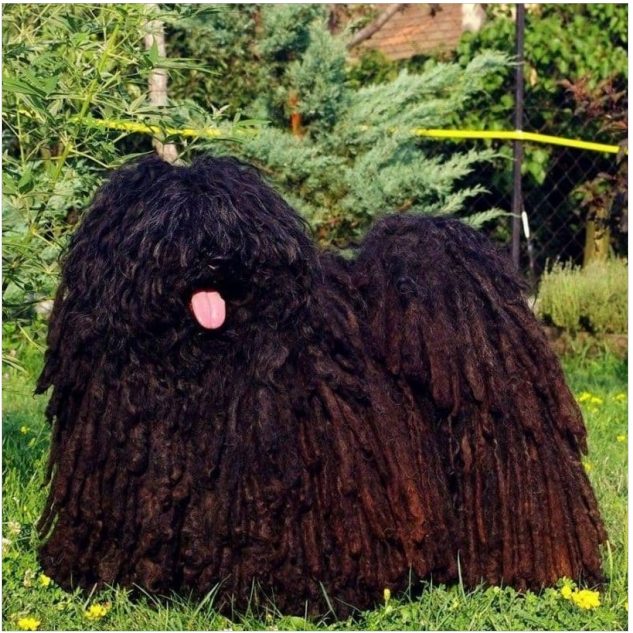
- Sharpei: The wrinkly Sharpei has small, floppy triangular ears, and a head that some people say resembles that of a hippopotamus. The eyes are somewhat sunken, and the dog has a grumpy expression that disguises its loyal, intelligent character. The tongue is usually a bluish colour, similar to that of the Chow Chow. This breed is intelligent and strong-willed, perhaps even stubborn.
They love the company of their humans, and seem to prefer human company over canine company; this may be because the Sharpei was originally bred for pit-fighting. This fighting ancestry also means that Sharpeis can be aggressive towards other dogs.




